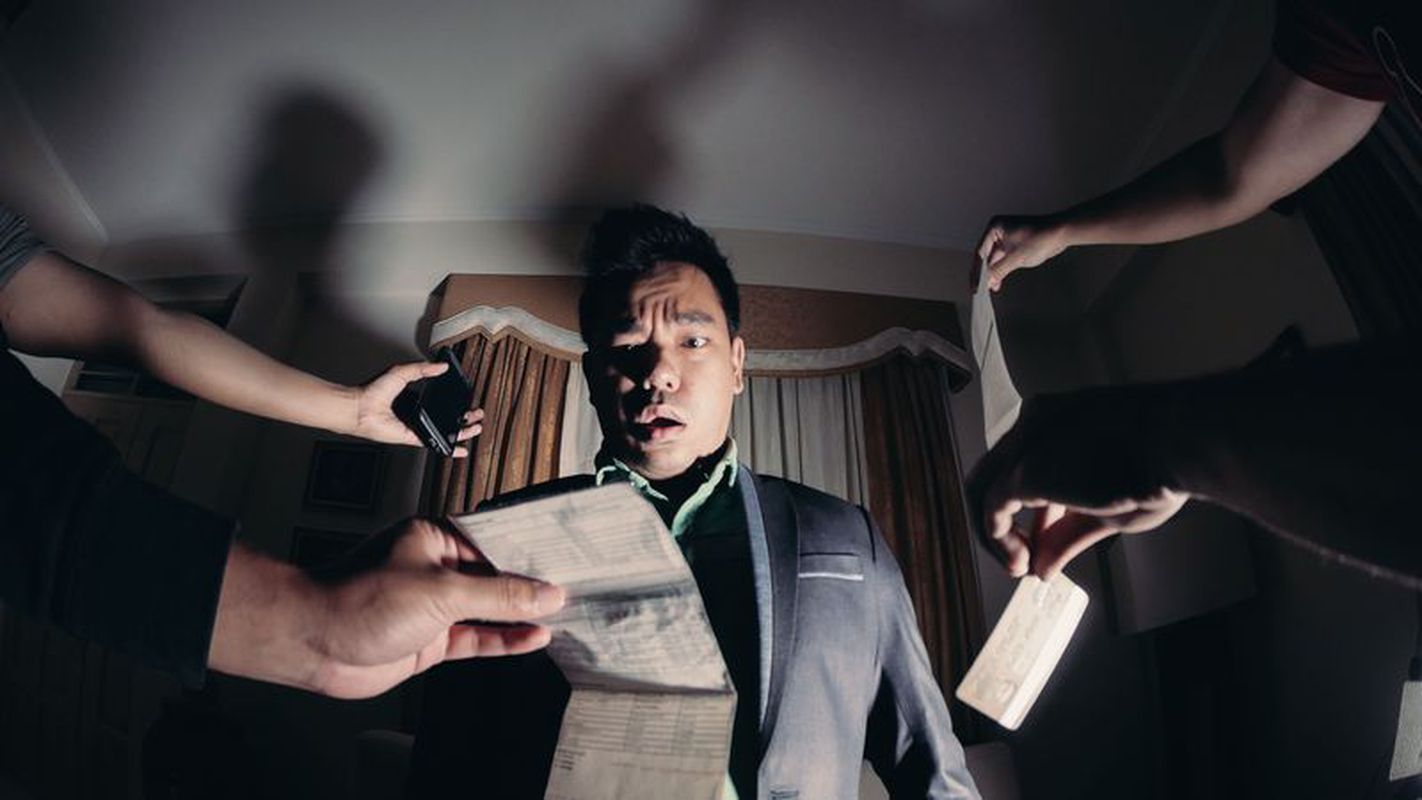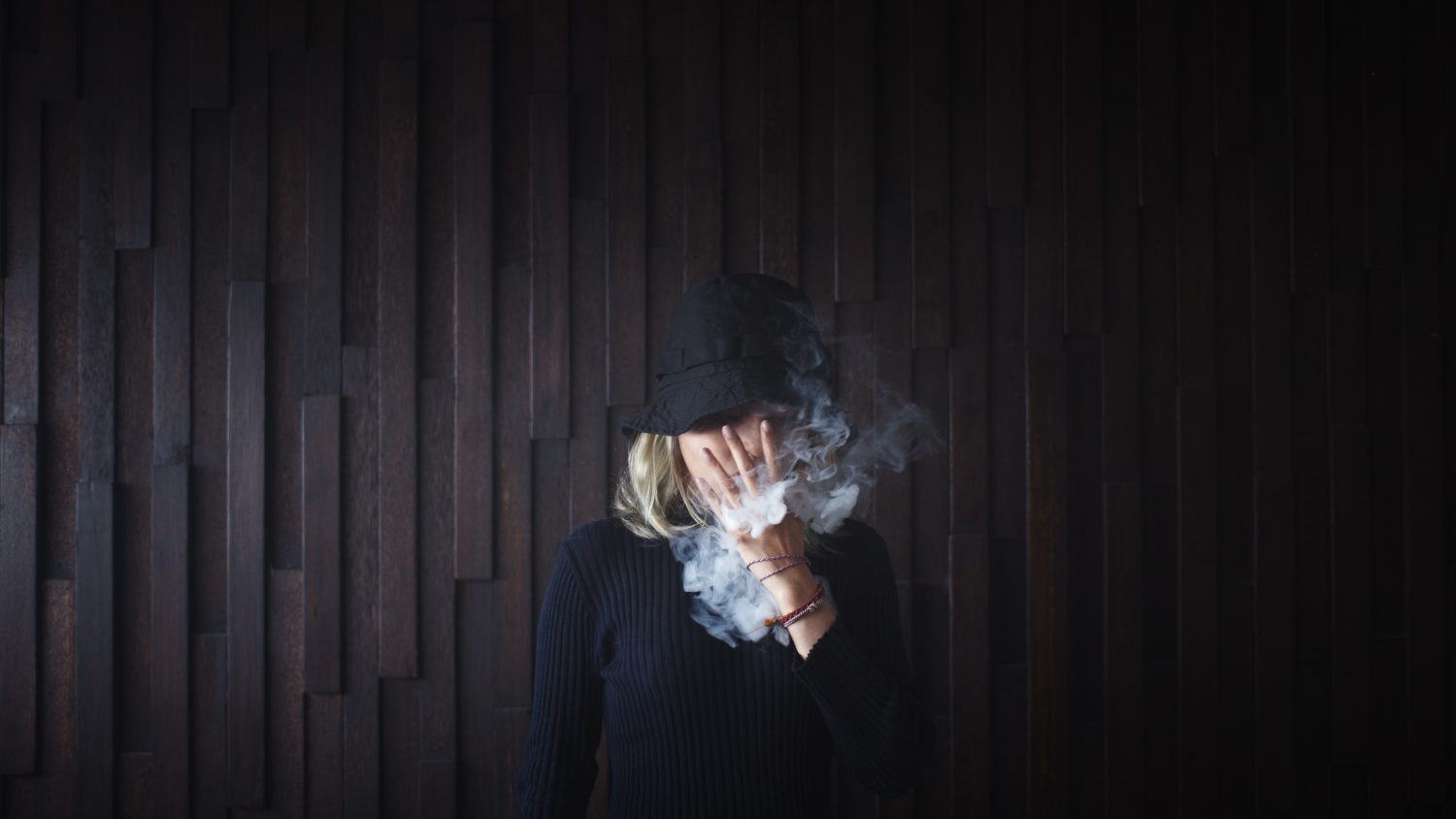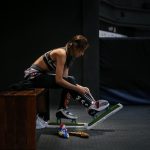There comes a time in every photographer’s life when he/she will have to start asking themselves if it’s time to make a commitment and settle down. While this may not be as applicable to fresh photographers — in-house positions usually require a minimum 2 years’ experience, or at least an established portfolio of previous work — for those at the crossroads, deciding between moving in-house or sticking to the freelance route, here are some pros and cons you should consider before taking on an in-house position.

Sila Tiptanatoranin / PIXERF
Pros
Standard employment perks
The main allure of an in-house position is its package — fixed hours, a stable salary, and medical and dental allowances. For those with strict financial commitments, an in-house position’s regular pay cheques take away one of the many uncertainties that come with a career in photography.
Predictable deadlines
Whether it’s with a publication, a fashion label, or an automobile company, in-house projects usually come with comfortable lead times for delivery. Styling and creative direction are usually consistent with house style, so you won’t have to change too much from shoot to shoot.

Iskandar Suúd / PIXERF
Cons
Being pigeonholed
In-house contracts usually come with a no moonlighting clause; this means you don’t have the option to seek out freelance work beyond your current employer. Your employer decides what you shoot. If it’s an F&B company, you shoot food. If it’s a car dealer, you shoot automobiles. There is the risk of stagnation because you don’t get the freedom to play around with various subject types.
As a freelancer, whether a free agent or attached to a studio, you have the option to explore and expand your creative scope. You can seek out varied assignments, try your hand at a different style, or experiment with new mediums of photography.
One could possibly argue that freelancers face the same issue of pigeonholing; if you’re a wedding photographer, for example, you wouldn’t take on a product photography assignment. But here’s the thing — you could, if you wanted to.
Diminished creative capacity
Very often in an in-house role, the photographer is merely the trigger man. Art direction, styling, and creative conceptualisation are handled by other departments. This usually means that by the time the project finally filters down to you as the photographer, all that is required of you is production, with minimal creative input. The need to adhere to a predetermined house style also restricts your say in the creative direction of your work.
So if you’re looking for a way to push your creative limits, pitch bold and innovative styles, and take more of a driver’s seat role in your photography, you may be better off in a freelancing role where clients treat you as a consultant, rather than simply a production house.
Fewer networking opportunities
How do you keep afloat in any industry? Contacts, contacts, contacts. As a freelancer, you are compelled to put yourself out there, making connections, building a network, paying it forward. And it’s not just with potential clients, but with fellow photographers as well. Building a community of like-minded creatives with whom you can consult, bounce ideas off, and learn from provides an enduring support system that pays off both socially and economically.
But when you move in-house, you interact more infrequently with other players in the industry — the accounts department handles the client, the marketing team handles the end-user, and the art team handles the styling. Your circle shrinks, and you risk alienation from your peers.

CK NG / PIXERF
At the end of the day, however, everything boils down to initiative. As an in-house photographer, you can circumvent the cons by speaking to your employer about expanding your job scope, or spending your out-of-office hours to keep in touch with the rest of the photography community. The requirements and expectations for in-house roles also vary on a case by case basis, so there may be some companies where the in-house photographer plays a wider role with greater creative autonomy.
So what are your priorities? If it’s building your own personal brand, expanding your professional network, and having more creative freedom in your work, moving in-house may not be in your best interests.
Always remember — comfortable is kryptonite for creativity.








